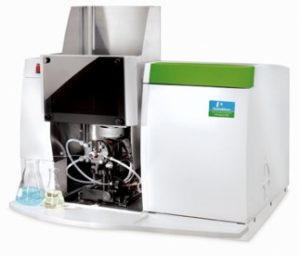What are you looking for ?
Content on this site
A person on the directory
Catalog training
Content on this site
A person on the directory
Catalog training
Elemental analysis is the semi-quantitative or quantitative determination of the chemical elements making up a compound. IC2MP offers atomic absorption spectrometry (AA), inductively coupled plasma-optical emission spectrometry (ICP-OES), inductively coupled plasma-mass spectrometry (ICPMS), X-ray fluorescence spectrometry (FX) and elemental analysis (CHONS).
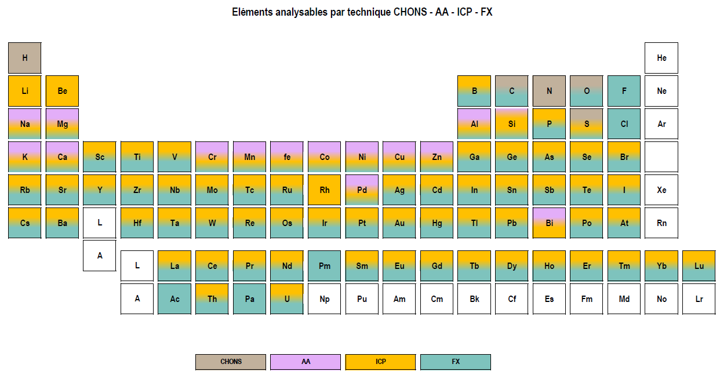
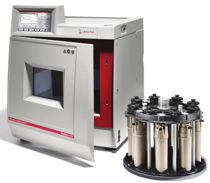
Solution of solid samples by acid digestion (microwave in closed reactor) or heating block. Use of suitable acid HF, HCl, HNO3, H3PO4, H2SO4, H2O2 .
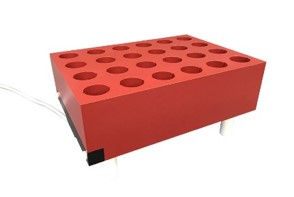
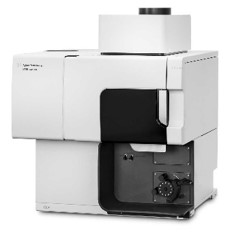
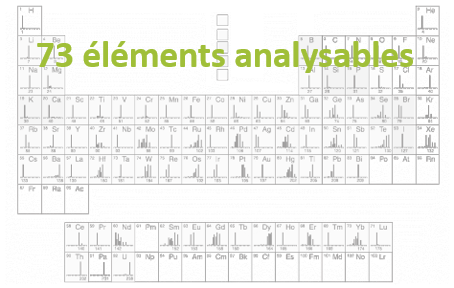
HPLC-ICP-MS
Speciation: separation and quantification of chemical species of an element
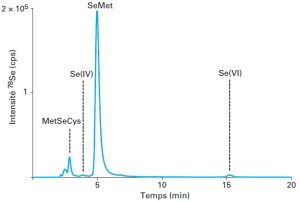
Equipment available: Anion ion exchange column for Se, As et Cr
SP-ICP-MS
Etalon disponible : Au

Methods can be developed according to your requirements
Contact: Lilian Eloy and Laetitia Mazière
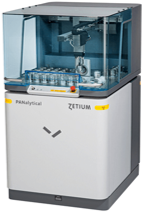
Analyse du Fluor à l’Uranium d’échantillons solides (poudre libre, pastilles ou perles) ou liquides (aqueux et organiques)
Contacts : Lilian Eloy et Laetitia Mazière
Cet appareil, multi-lampes (jusqu’à 8) équipé d’un passeur d’échantillons, permet l’analyse de la quasi-totalité des éléments du tableau périodique à condition de posséder la lampe à cathode creuse correspondant à l’élément à analyser. La limite de détection se situe en général autour du mg/L, mais dépend de l’élément à analyser. Il est possible de travailler avec une flamme « acétylène » ou « protoxyde d’azote », en fonction des éléments à doser.
Les échantillons solides doivent être mis en solution par digestion acide.
Contact : Christelle Roudaut
